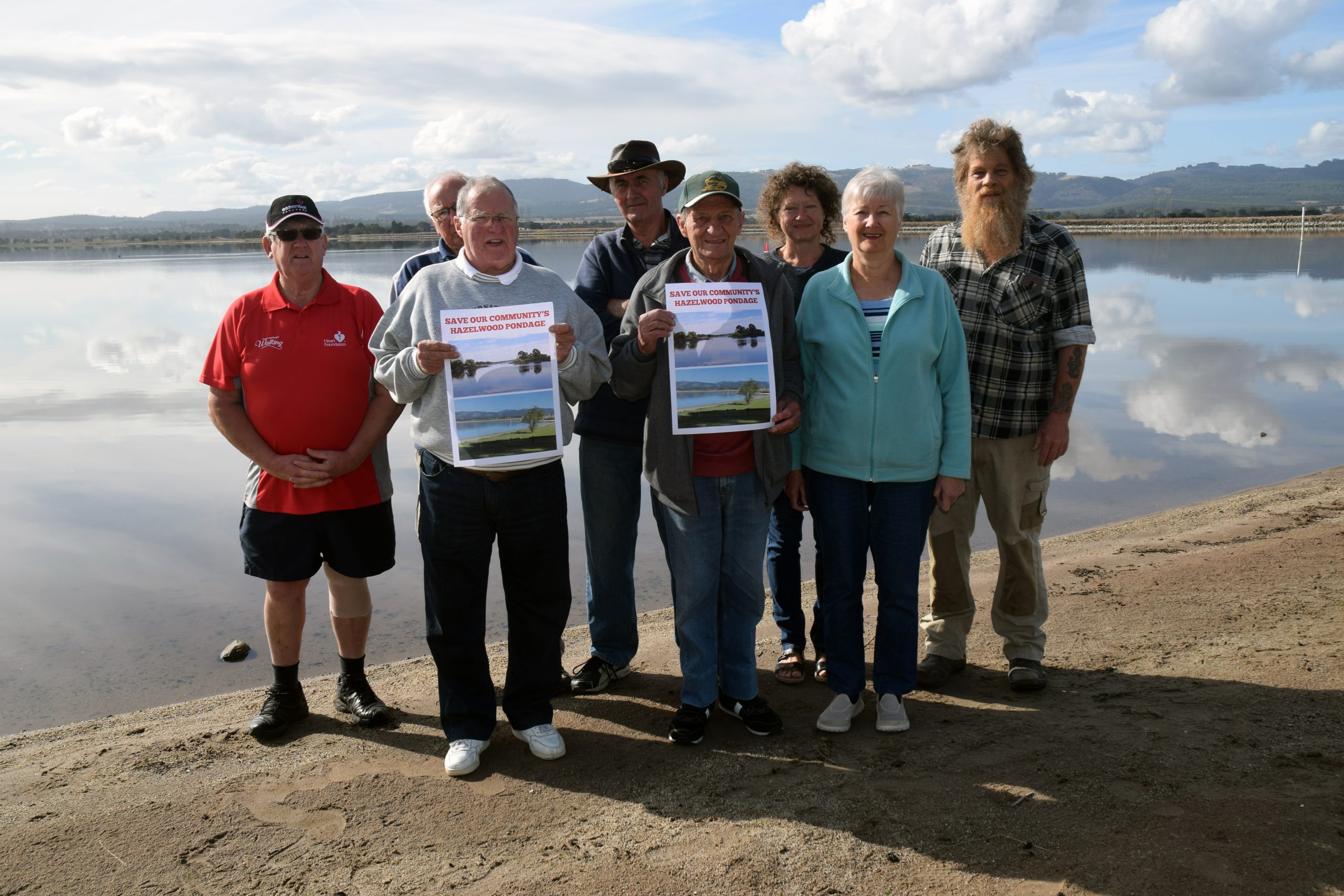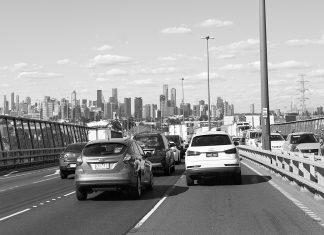By STEFAN BRADLEY
MEDIAN house prices in Traralgon increased quarterly (from December 2023 to March 2024) by 2.7 per cent, while Traralgon East prices went up 2.3 per cent, according to data released in April by The Real Estate Institute of Victoria (REIV).
Overall, the City of Latrobe experienced price stagnation, with other towns barely moving.
House prices in Gippsland have led the state’s price growth during the first quarter and over the past 12 months.
Some of Victoria’s fastest growing towns were in Gippsland, including Lakes Entrance, whose house prices climbed 14.3 per cent during first quarter to $677,500; Foster rose by 11.5 per cent to $680,000, and Rosedale by 9.5 per cent to $520,000.
Traralgon’s median house price quarterly increase of 2.7 per cent went to $513,000, and Traralgon East’s 2.3 per cent rise went to $875,000.
Jim Demetrios, who is the Director Stockdale & Leggo in Traralgon and Morwell, said the Valley was “not seeing any real growth at the moment”.
“Prices are (stagnant). With the rising interest rates, people have become more price-conscious. We’re not really seeing prices coming down, but we’re not seeing them rising,” Mr Demetrios said.
“Prices are pretty well stable across the board (in Latrobe Valley). We’re not seeing prices going up at all. Residential land sales have probably slowed down a bit because… rising building costs. But established homes are still selling quite well.”
From town-to-town in the Valley, Mr Demetrios said it was all pretty much the same, so Moe or Morwell were not expected to be much different from Traralgon or Churchill.
Quarterly, Hazelwood North went up 3.3 per cent to $855,000; and Yinnar just one per cent to $581,000.
Staying at the same median price over the quarter included Moe ($365,000), Morwell ($340,000) and Yallourn North ($360,000).
Churchill went down by1.4 per cent to $350,000; Newborough dropped 3.5 per cent to $410,00; and Mirboo North fell by 4.6 per cent to $520,000.
Mr Demetrios said first home buyers in the Valley had a better time buying a regional home for “say, between $300,000 to $400,000”.
“That’s an affordable market. You go to other areas, you couldn’t buy a block of land for that price,” he said.
“I think what’s pushing people towards the Valley and protecting our market is the fact that Melbourne has gotten so expensive they’re forced into regional areas, so it’s probably been a benefit to us.”
Statewide, REIV said the quarter largely featured a further recovery in house and unit prices, with metropolitan houses up two per cent. Over 12 months, all Victorian properties registered a slight decrease in median price, with regional houses the most resilient at 0.4 per cent down.
For those renting in the Valley, it’s unfortunately bad news, according to Mr Demetrios.
“The rental market is still very strong…the investors are still out there. Rents are definitely on the way up,” he said.
“And because of the rising interest rates, we’re finding our landlords are demanding more renters to meet their commitments.”











